Ink and arms don’t mix
Here at Collect the Mets, we guarantee you one card-related crackpot conspiracy theory every year. It’s part of the differentiated value we offer in our efforts to deliver content that you won’t find anywhere else (often with good reason). Last year, we broke the story about the Curse of the Pinstripes, which has yet to claim any victims in 2013. So far, no current-year Mets players have had Mets pinstripe jersey cards released in 2013 (Update: Zack Wheeler was the lone current-year Met with pinstripe jersey cards released in 2013), though at least Matt Harvey and Jeremy Hefner are known to be out for 2014. If either of them has a Mets pinstripe jersey card in one of the final products of the year, that provides retroactive validation of the curse. If not, well, then we don’t get any nice pinstripe jersey cards, which is frustrating for collectors.
This year, the Mets suffered injury after injury from even before Day 1. Johan Santana was the big question mark for 2013, but it turns out that he was little more than an underscore. After an injury in spring training, Santana went back under the knife and was lost for 2013. That’s how it went for Mets pitchers for the rest of the year, right up to Matt Harvey’s postseason announcement that he would be undergoing Tommy John surgery and would miss 2014. With bookends like that, much will be written about the Mets’ injury woes in 2013, but most blogs will leave out one crucial element: the fact that so many pitchers signed large quantities of autograph cards right before their injuries. Can this be a coincidence? In a word: absolutely. Everyone is looking for a pattern in pitcher injuries (see our own Good Pitcher Effect), but their commonality masks any clear causality. Which makes it just as likely as anything else that signing autographs leads to pitcher breakdowns.
Injured With Autographs
Jeurys Familia (Topps Series 1, Topps Gypsy Queen, Bowman, Bowman Inception, Panini Pinnacle, Topps Tier One, Topps Chrome, Topps Finest)
Jeurys Familia was once considered one of the Mets’ top pitching prospects alongside Matt Harvey and Zack Wheeler. By the time he made his MLB debut in 2012, he was projecting more as a late-inning reliever or closer than a starter. He entered 2013 as one of only two Mets eligible for Rookie Cards but was no sure bet to make the team out of spring training. While he did just barely make the Opening Day roster, he made only eight appearances before going on the 60-day DL on May 9 in need of elbow surgery. After three months of rehab, Familia returned to Queens for his final appearance of 2013, giving up one run on two hits and two walks while striking out one to open the 9th in an 8-5 Mets loss.
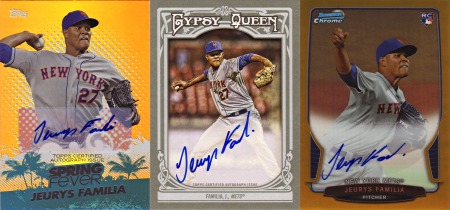
Familia was the go-to guy for Mets autographs in 2013. His Rookie Card eligibility made him a safe bet to appear in most of the products released in 2013 and an attractive option for autographed inserts. With autographs in Topps Series 1, Topps Gypsy Queen, and Bowman, he must have been signing well before the start of the season. The timing lines up, but were the autographs a factor in his injury? Let’s just say yes for the sake of the narrative. His continued presence in just about everything else this year means that he must have been signing autographs during rehab. Could that sabotage his recovery?
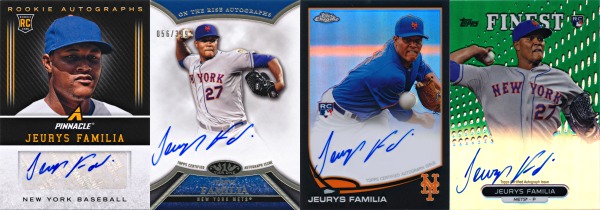
Luis Mateo (Bowman Platinum, Bowman Chrome)
As part of the 2012 Brooklyn Cyclones all-star rotation, Luis Mateo saw his prospect status rise considerably. While not as polished as teammate Gabriel Ynoa, Mateo was the highest-regarded pitcher from that Brooklyn rotation and made the jump to St. Lucie for the 2013 Season. After one start for St. Lucie, he was called up to AA Binghamton to make a spot start, which is where everything went wrong. He suffered an elbow injury during the game, spent more than a month rehabbing in an attempt to avoid more severe injury, and then had Tommy John surgery in June after a pair of relief appearances for St. Lucie.

And then he had his first autograph cards released in July in Bowman Platinum. As with Familia’s first autos, these were almost certainly signed before the start of the season. Mateo would also have autographs released in September in Bowman Chrome, but it is not known when he signed these (Rafael Montero and Matt Reynolds signed theirs in the summer). That’s two big autograph signers and two busted elbows. But wait, there’s more.
Shaun Marcum (Topps Series 2, Topps Tier One)
There were many people who doubted that Shaun Marcum would ever throw a pitch for the Mets. With a reputation for being injury-prone, Marcum’s signing came at significant risk. So it came as no surprise that his season ended in July with shoulder surgery.
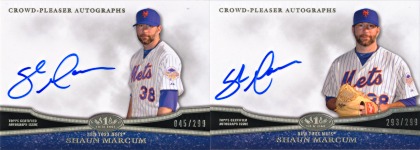
And then he had 670 autograph cards released in Topps Tier One the next month. He was also supposed to have autographs in Topps Series 2 in June, but those were issued as redemptions. Did his spring training injury delay his signing until May or June? If so, the timing lines up with his injury. That’s two elbows and a shoulder now, though we have no causative link. But when has that ever stopped anyone?
Corey Oswalt (Topps Heritage Minor League Edition)
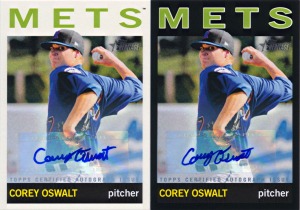
Knee injury, only signed for one product late in the season – let’s just mark this one “Not Applicable” and move on.
Matt Harvey (2011 Bowman Platinum signed in July 2013)
And the big one. Matt Harvey was one of the few reasons to watch the Mets in 2013, so the news in August that he had a partially torn ulnar collateral ligament (UCL) was devastating. Harvey drew out the decision of whether to have Tommy John surgery until October, when he announced that he was opting for surgery. That takes him out for all of 2014 and makes it questionable as to whether he will be back at full strength in 2015.
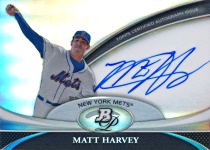
Matt Harvey has no autographs in any 2013 products. He signed about 500 total autograph cards for Panini’s 2012 products, which were released into this spring. Before that, you have to go back to 2010 to find any Matt Harvey autograph cards. So why is he here? It turns out that Harvey signed his 2011 Bowman Platinum autographs on July 25, almost two years to the day after that product was released. And about a month before his injury was announced. Based on a carefully-selected small sample of cases, we can conclude that autographs kill elbows and maybe shoulders. What happens if we widen our sample a bit and take a look at a few more 2013 Mets pitchers?
Injured Without Autographs
Johan Santana
Let’s just all agree that the Curse of the Pinstripes has been working overtime here and take Santana out of the running for this one. In fact, of the three Curse victims, Santana is the only one to ever play for the Mets again afterward, throwing the Mets’ first no-hiter in the process. Before getting stepped on and having it all come crashing down. Maybe the Curse is stronger than I thought… Santana has never been a big autograph signer, so he doesn’t really fit here.
Jonathon Niese
The 2013 (and likely 2014) Opening Day starter, Niese had high expectations this year even with the emergence of Matt Harvey as an ace and the anticipated arrival of Zack Wheeler. Now in the role of the veteran following the trade of R.A. Dickey and Johan Santana’s re-injury, it was up to him to stabilize a rotation out of control. So it shouldn’t have been much of a surprise to see him hit the DL in June with a partially torn rotator cuff. The injury only sidelined him for a month and a half though and Niese closed out the 2013 season at Citi Field.

After having plenty of autograph cards from 2009 to 2012, Niese has been a no-show so far this year except for a few multi-player sticker autograph cards (numbered to 15). With no recent autographs, we can’t blame any injuries from this year on signing. Maybe not signing autographs is the culprit here.
Jeremy Hefner
2013 was Hefner’s opportunity to step up and claim a spot in the Mets’ diminished rotation. After securing the spot start / long reliever role in 2012, Hefner found himself at the back end of the rotation when Santana and Marcum were unavailable to start the season. After a shaky start in his new role as a regular starter, Hefner dominated over a 6-week stretch starting in the beginning of June, pitching 51 innings over 8 starts with an ERA of 1.76, 40 strikeouts, and just 8 walks over that span. His next start would be the shortest of the season, lasting only two plus innings with 8 runs and 10 hits given up. His next four starts weren’t much better, going no longer than 6 innings and giving up no fewer than 3 runs in any of them. By mid-August, Hefner was on the DL with Tommy John surgery looming in his future.
You sure can’t blame this one on autographs because Hefner doesn’t have any. He remains one of the most prominent Mets without a certified autograph card, a problem that won’t be helped by elbow surgery.
Update:
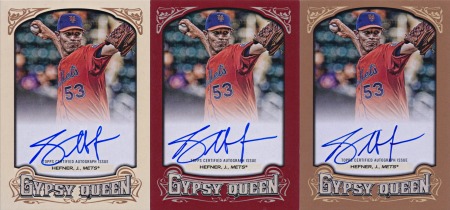 Hefner signed his first autographs while rehabbing from Tommy John surgery. And then went back under the knife for a second round…
Hefner signed his first autographs while rehabbing from Tommy John surgery. And then went back under the knife for a second round…
Bobby Parnell
After Frank Francisco went down with injury, the Mets needed a new closer. Bobby Parnell stepped up and pitched better than the results indicated, falling victim to blown saves resulting from the actions of the players behind him on more than one occasion. And then a neck injury sidelined Parnell, with his season ending in surgery.
Parnell hasn’t signed autographs in a few years, plus this is a neck injury and not an arm injury. There’s no connection here, so this is another one to mark “Not Applicable.”
Update:
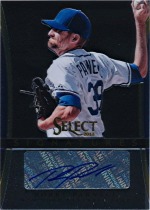
Well, that escalated quickly… Parnell seemed to recover from that neck injury without incident, but something didn’t seem quite right going into the 2014 season. After an Opening Day blown save, it was revealed that Parnell had a partially torn UCL. And in case you missed it, he also had autograph cards in 2013 Panini Select, released during the offseason. Looks like we’ve got another one.
Jenrry Mejia
Once considered one of the Mets’ top pitching prospects (sound familiar?), Mejia made his debut in 2010 when Omar Minaya and Jerry Manuel were desperate to keep their jobs. Mejia became the sacrificial lamb, called up to pitch middle relief in low leverage spots as you would expect competent management to do with one of your top starting pitching prospects. Or not. Mejia’s development was further derailed by Tommy John surgery in 2011, making the fact that he even still existed news for Mets fans when he returned to the majors in September 2012. His 2013 spring training injury on the other hand was nothing unexpected. Injury #2 had him working his way through the minors on rehab until late July, when he made his 2013 debut with a trio of sevens: 7IP, 7H, and 7K to go with zeroes in the runs and walks columns. Top prospect Jenrry Mejia was back, and not a minute too soon for a rotation with a rotating cast on the DL. Which Mejia would rejoin a month later with bone spurs in his elbow for injury #3.

Mejia hasn’t signed autographs since 2010, so there’s no way to connect them to his 2013 injury unless Topps is sitting on an unused stockpile somewhere. But did those 2010 autographs, combined with his erratic use on the mound that year, contribute to his 2011 injury?
Michael Fulmer
Ranked as one of the top prospects in the Mets system at the start of 2013, Fulmer has endured setback after setback. A torn meniscus during spring training delayed his start to the season, then just nine starts in he was hit by a batted ball and removed as a precautionary measure. Following that, he returned to the DL with a shoulder strain. He is expected to be ready to go for spring training next year.
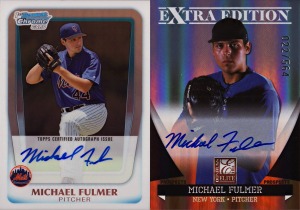
As the 44th overall pick in 2011, Michael Fulmer made the rounds in the draft pick autograph products that year. Since then though, we haven’t really seen much from him. Topps used a few of his sticker autographs in 2013 Bowman Chrome, but those were almost certainly old stock. Unless he did some signing for an upcoming product over the summer, there’s nothing to see here. Except for a series of unfortunate injuries.
Cory Mazzoni
Speaking of a series of unfortunate injuries… Elbow neuritis in April, strained hamstring in July… It sure seems like a lot more than that. Mazzoni only appeared in 13 games in 2013, none of which were any of the times I saw the B-Mets.
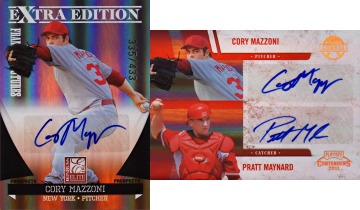
As for autographs, Mazzoni is another one with lots of 2011 autos and not much since then. The only 2013 Mazzoni autograph I’ve seen is the one I got from him in person at a game (while he was on the DL of course). Another unrelated case.
Taylor Whitenton
After an injury in spring training, Whitenton has completely dropped off the map. Let’s just call this the bottom of the barrel and stop here.
Not Injured With Autographs
A few prominent pitchers made it through the 2013 season without injury and with a few autographs to show for it. Do they provide evidence disproving our hypothesis or do they have injuries coming in the near future? Only time will tell.
Zack Wheeler (Bowman Platinum, Topps Chrome, Topps Finest)
Scouts reported that Wheeler was MLB-ready in spring training, but a strained oblique during batting practice caused him to lose key prep time, making a start in the minors inevitable. From there, it was just a matter of which money-saving deadline the Mets would hold out for. Wheeler made his MLB debut in June and nearly reached his innings limit when he was shut down for the season in September after complaining of shoulder stiffness. The injury wasn’t considered to be serious and likely would have only caused him to miss a start if it had taken place earlier in the season.
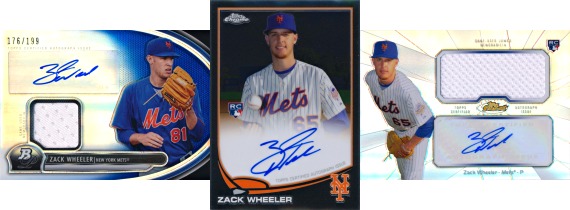
Wheeler only had about 30 total autograph cards as a Met released before his MLB debut, then had hundreds between Bowman Platinum, Topps Chrome, and Topps Finest. Was the impact of these signings starting to catch up to him in September? He’s one to keep an eye on next year.
Update:
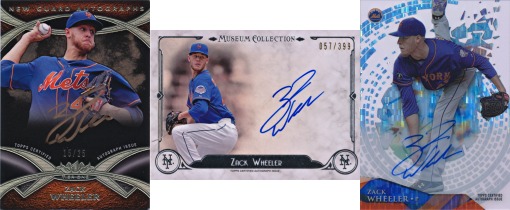 Even with the Curse of the Pinstripes piled on after 2013 Topps Triple Threads, Wheeler remained healthy for the 2014 season. He also signed a few more autographs, but surely not enough to be cause for concern, right?. He will miss all of the 2015 season following Tommy John surgery.
Even with the Curse of the Pinstripes piled on after 2013 Topps Triple Threads, Wheeler remained healthy for the 2014 season. He also signed a few more autographs, but surely not enough to be cause for concern, right?. He will miss all of the 2015 season following Tommy John surgery.
Rafael Montero (Bowman Chrome, Leaf Metal Draft)
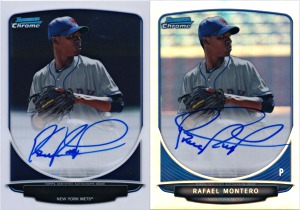
Montero is one of the next top pitching prospects due to debut for the Mets, assuming that he isn’t traded first. After a year split between AA and AAA, Montero could be ready at any time in 2014. This past July, Montero signed his first certified autograph cards. No injury followed. So there’s that.
Domingo Tapia (Leaf Metal Draft)
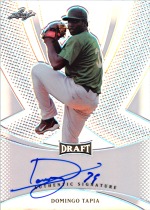
Tapia has been one of the Mets’ top pitching prospects in the low minors, though his 2013 wasn’t quite in line with his past performance. A cooking injury sidelined him for a bit in May, but otherwise he’s been fairly consistent at 100+ innings over each of the last two seasons. Tapia was a surprise to see with an autograph in 2013 Leaf Metal Draft.
Conclusion
Inconclusive. There’s really nothing that can be said with any certainty without a more comprehensive analysis. For our purposes though, we can come to a completely unscientific sensationalistic conclusion based on a carefully-selected set of data points and declare that signing autographs contributes to pitcher injury. I was joking when I started this, but the timing in some of these cases makes me wonder if there might be something to it after all. While it certainly isn’t a direct cause, could autograph signing be one of many factors that make pitchers susceptible to arm injuries? There’s so much we don’t know about pitcher injuries that it could be possible.
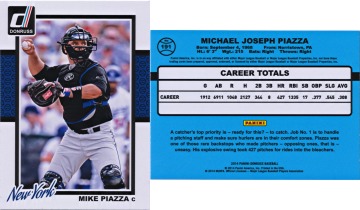
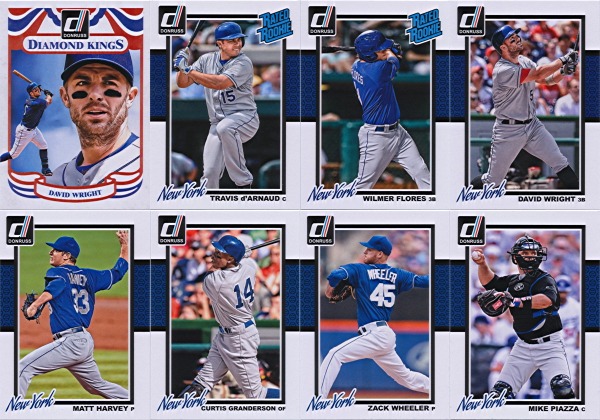
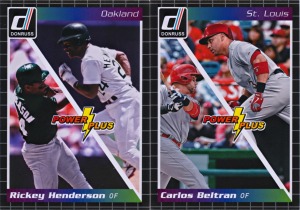
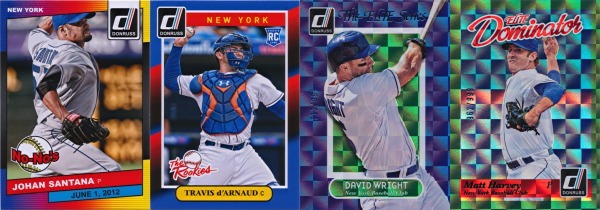
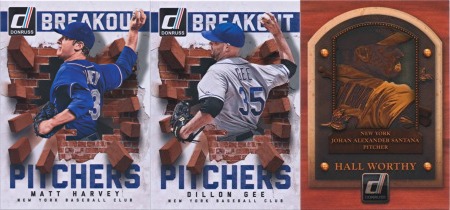
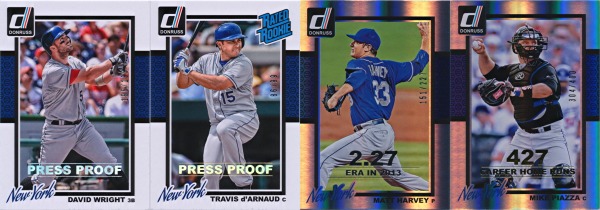
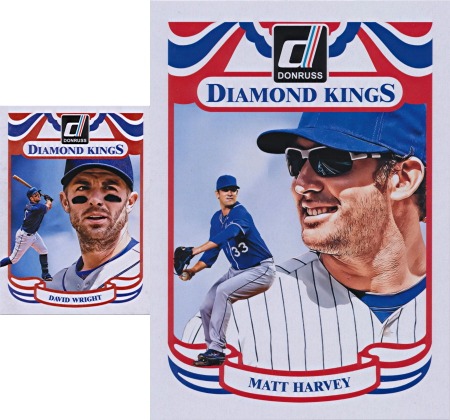
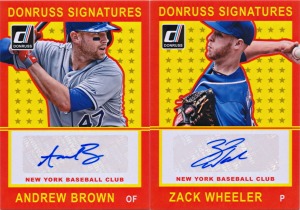
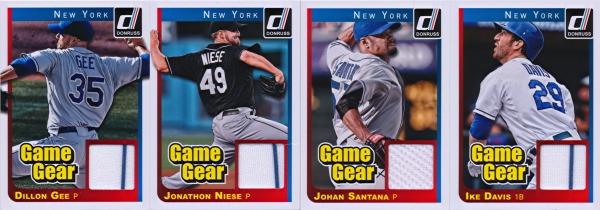

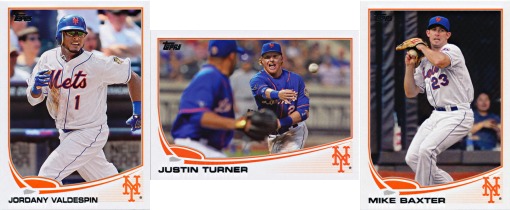

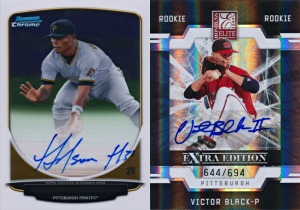
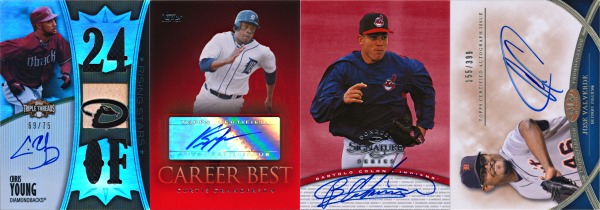
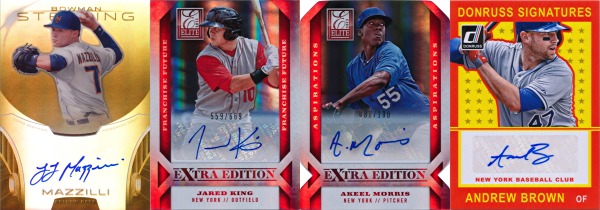

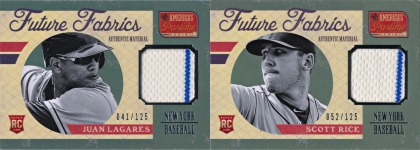
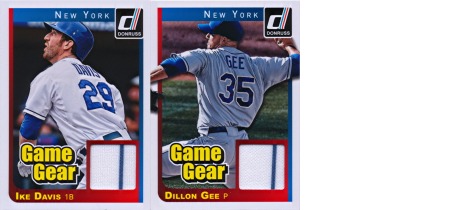

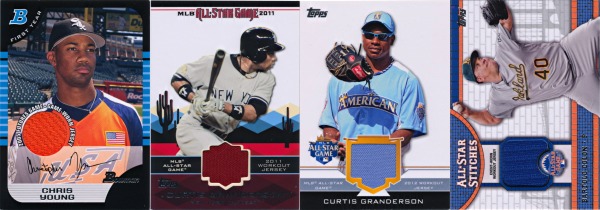



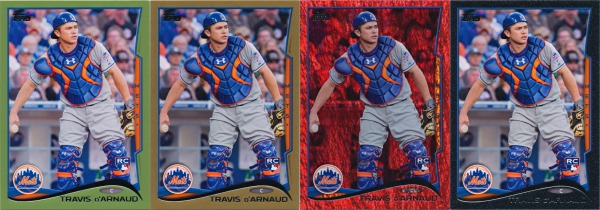
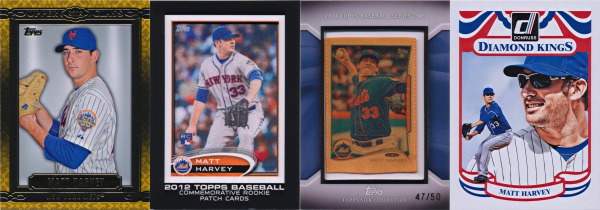
















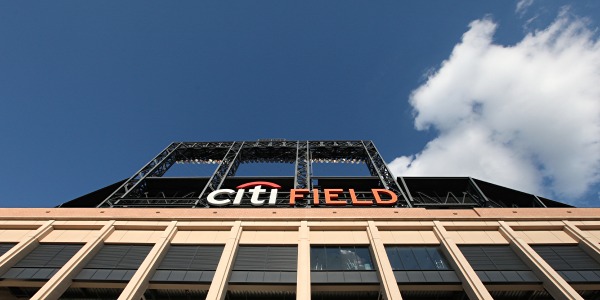
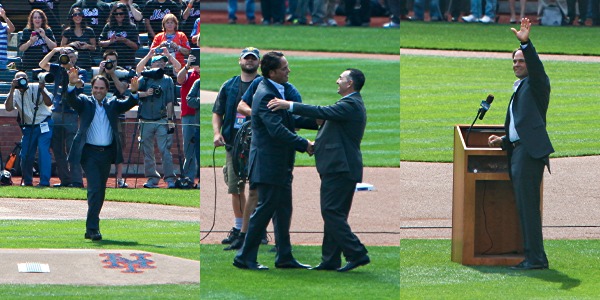

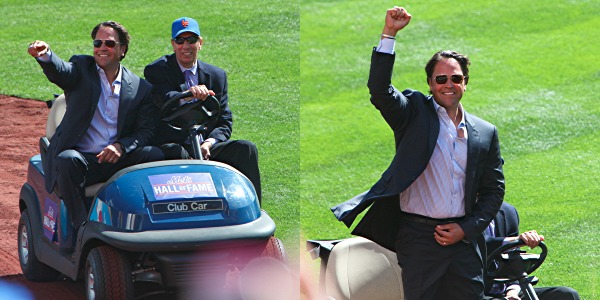
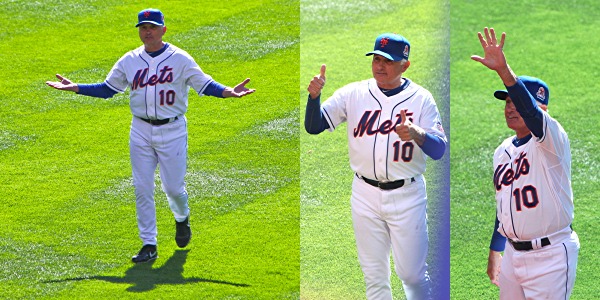
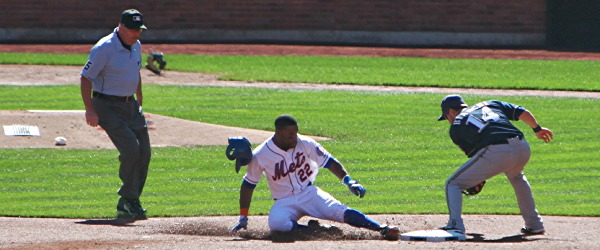
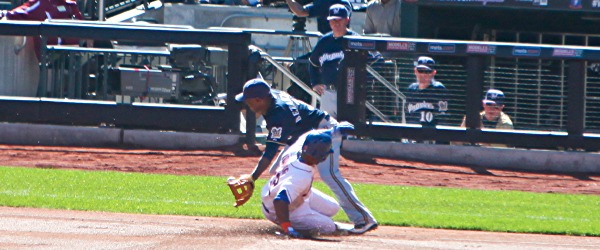
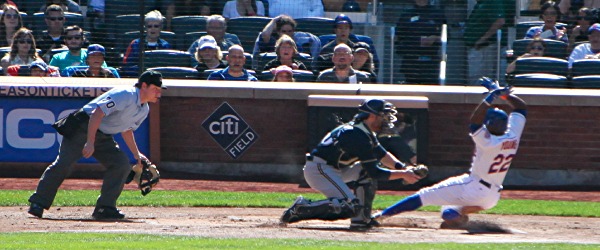
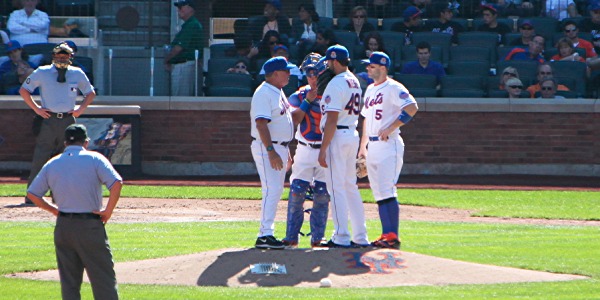
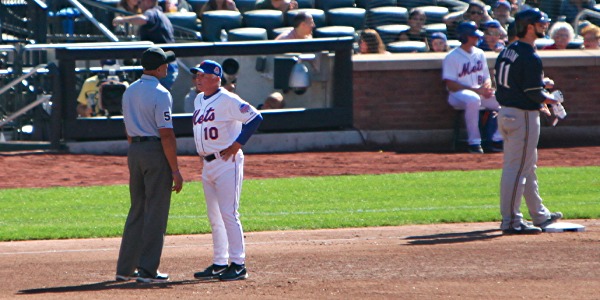


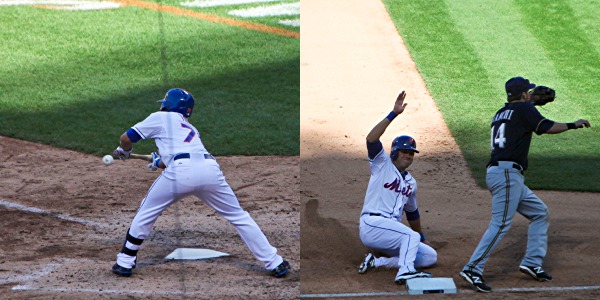
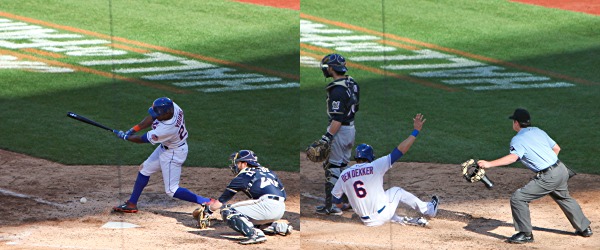
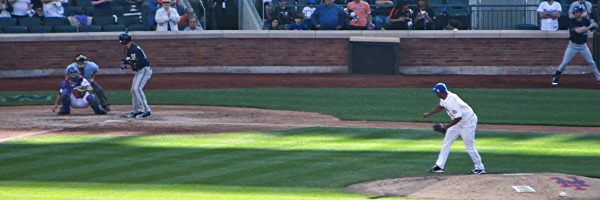
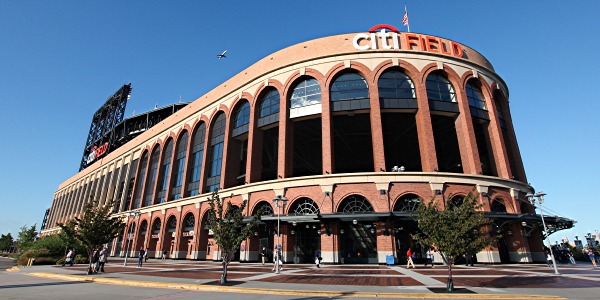

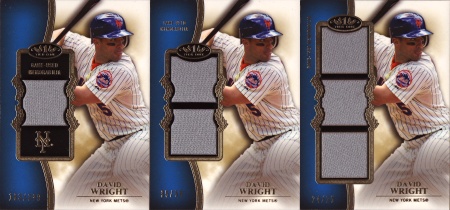
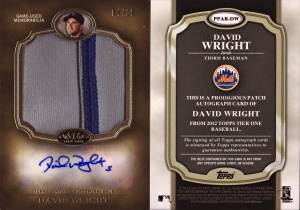

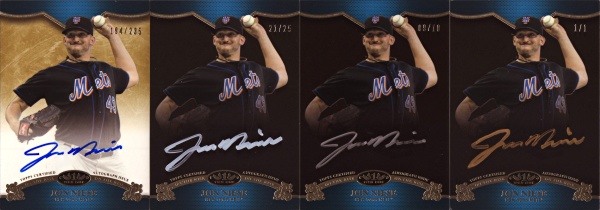
Recent Comments